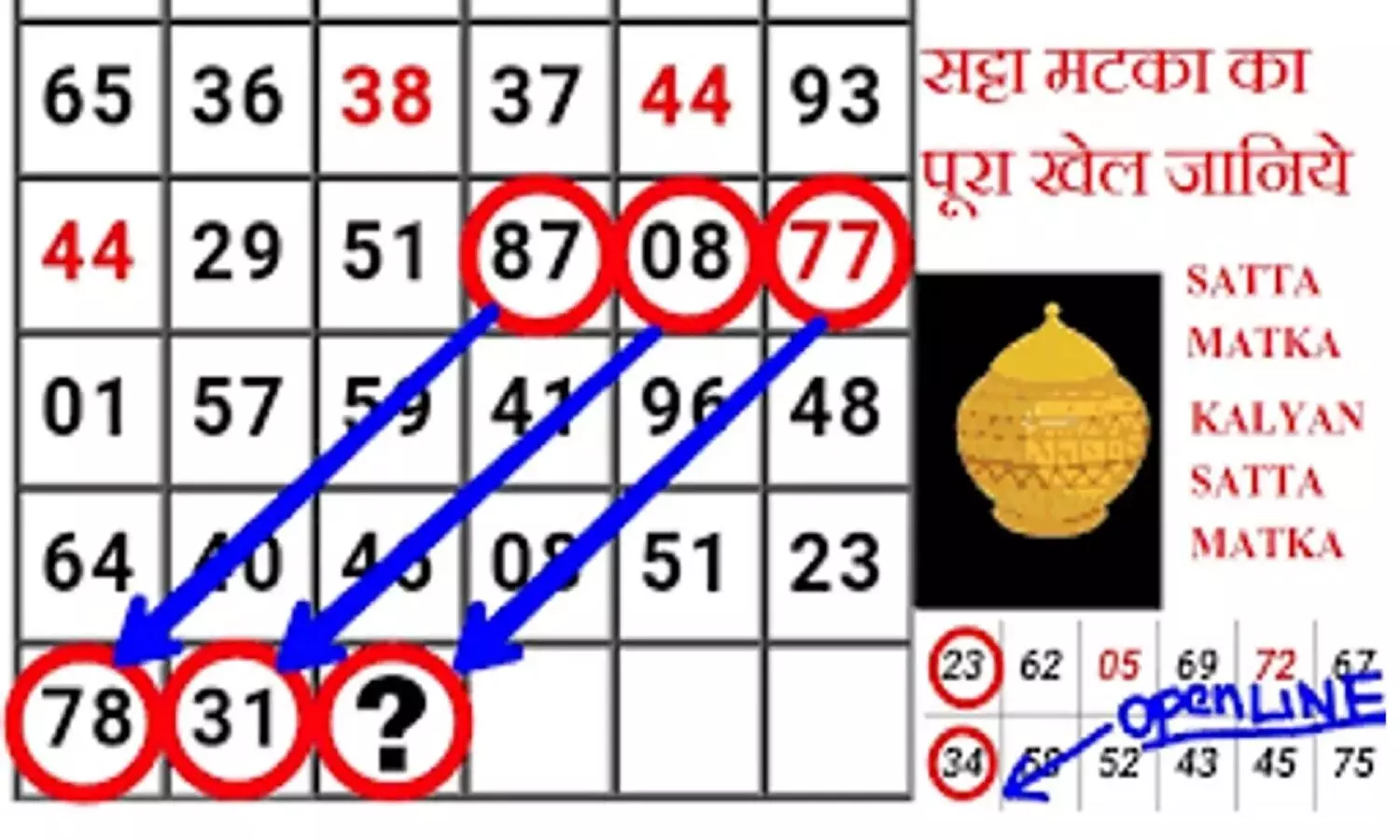The Evolution of Satta Matka: A Historic Journey through India’s Gambling Phenomenon
Introduction
Satta Matka, a popular form of gambling in India, has a long and intriguing history that spans several decades. This article delves into the origins, evolution, and impact of Satta Matka on Indian society. From its humble beginnings as a localized betting game to its widespread presence in the digital age, we explore how Satta Matka has captured the attention of millions, both enthusiasts and critics alike.
The Genesis of Satta Matka
Satta Matka’s roots can be traced back to the 1950s when it emerged as a form of gambling in Mumbai. Originally, it was a lottery-based game that involved betting on the opening and closing rates of cotton traded on the New York Cotton Exchange. The practice of drawing random numbers from a matka (pot) led to the name “Satta Matka,” and it quickly gained traction among the working-class population.
The Evolution of Satta Matka Culture
Throughout the 1960s and 1970s, Satta Matka became a prominent part of Mumbai’s gambling culture. What started as a localized activity expanded to other cities and states, as word of mouth and migrant workers spread the game across India. With an informal network of bookies and players, the game evolved from a mere lottery into a full-fledged gambling subculture.
The Rise and Fall of Matka Kings
During its peak, the Satta Matka industry witnessed the rise of influential figures known as “Matka Kings.” These charismatic personalities enjoyed a celebrity-like status in the gambling world and amassed significant wealth. However, with growing police crackdowns and increasing scrutiny, many Matka Kings faced legal challenges, leading to the decline of their empires.
The Controversial Past: Legal Battles and Social Impact
Satta Matka has not been without its fair share of controversies. Throughout its history, the game has faced several legal battles, with authorities attempting to curb its influence due to concerns over illegal activities, money laundering, and exploitation. Moreover, the societal impact of Satta Matka on vulnerable individuals and families has been a subject of concern, as problem gambling becomes a prevalent issue.
The Advent of Online Satta Matka
As technology advanced, Satta Matka embraced the digital age. The internet provided a new platform for the game, allowing enthusiasts to place bets from the comfort of their homes. Online Satta Matka websites and mobile applications further expanded its reach, attracting a broader audience and making it accessible beyond Indian borders.
Regulating Satta Matka: The Debate on Legalization
With the growing online presence of Satta Matka, the debate on its legalization gained momentum. Proponents argue that legalizing and regulating the game would generate revenue for the government, deter criminal activities, and safeguard players from exploitation. On the other hand, opponents cite the potential social consequences and argue that gambling should remain illegal to protect vulnerable individuals.
Contemporary Scenario and Challenges
As of [current year], Satta Matka continues to be a significant presence in the Indian gambling scene. Despite efforts to control its proliferation, it remains a popular and controversial activity. Modern advancements in technology, particularly cryptocurrencies, have also introduced new challenges and opportunities for the industry.
Conclusion
The journey of Satta Matka from a localized betting game to a nationwide gambling phenomenon has been nothing short of fascinating. Its colorful history, cultural impact, and ongoing debates surrounding its legality make it a captivating subject of study. As India navigates the complexities of a changing social landscape, the future of Satta Matka remains uncertain, leaving us to ponder its place in the nation’s evolving identity.





